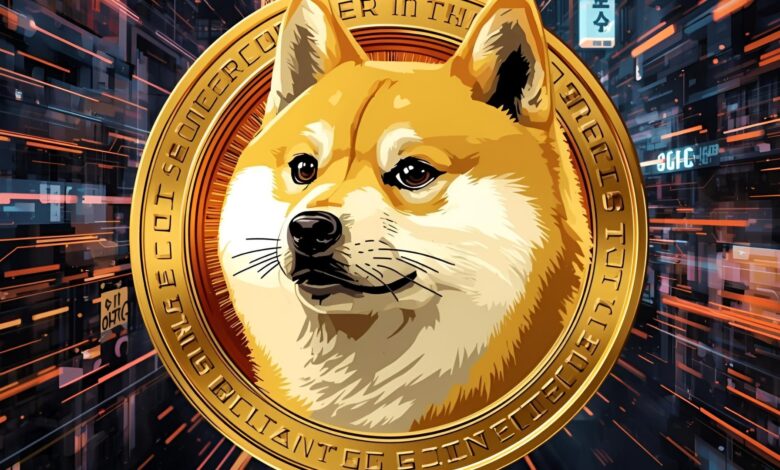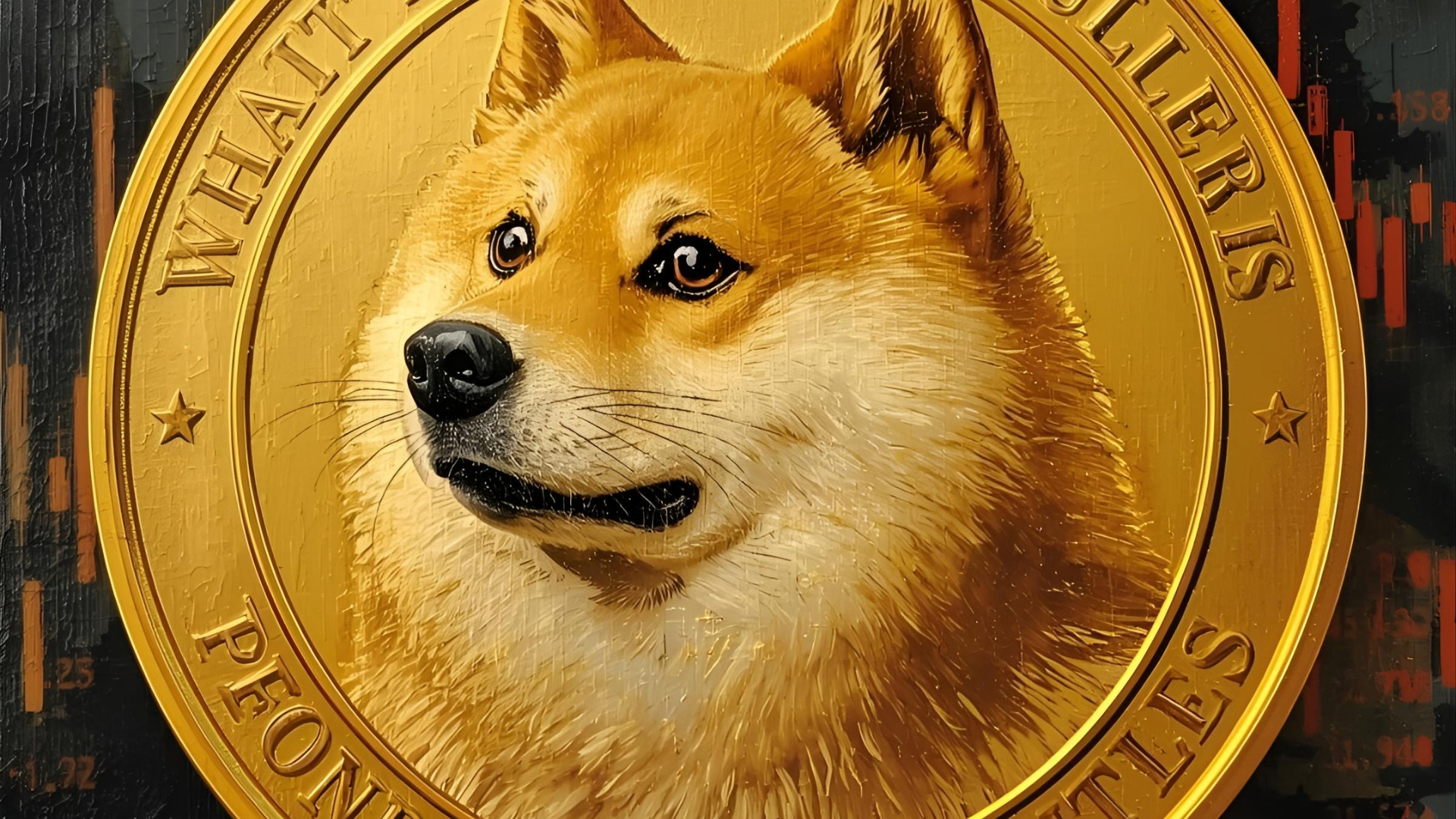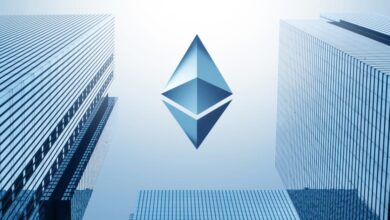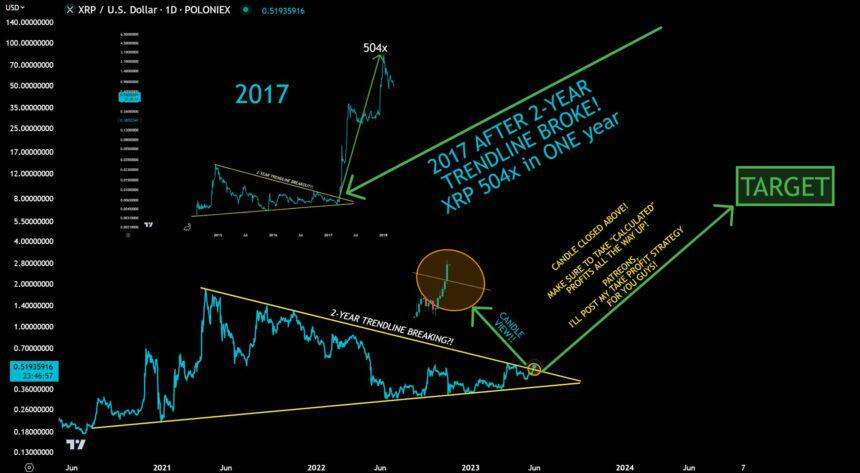Dogecoin An open source peer to peer digital currency

In the ever-evolving landscape of digital currencies, Dogecoin has emerged as one of the most fascinating and unique open-source peer-to-peer digital currencies in the cryptocurrency ecosystem. What began as an internet meme featuring the beloved Shiba Inu dog has transformed into a legitimate digital currency with a market capitalization that has reached billions of dollars at its peak. This comprehensive guide explores the intricate details of Dogecoin, its underlying technology, market dynamics, and potential as both a payment method and investment vehicle.
Dogecoin represents more than just another cryptocurrency; it embodies the democratization of digital finance through its open-source nature and community-driven approach. Unlike traditional financial systems controlled by centralized institutions, Dogecoin operates on a peer-to-peer network that enables direct transactions between users without intermediaries. This revolutionary approach to digital payments has captured the attention of millions of users worldwide, from casual internet users to prominent business leaders and celebrities.
What is Dogecoin? The Fundamentals

Dogecoin is an open-source peer-to-peer digital currency that operates on a decentralized network, allowing users to send and receive payments directly without the need for traditional banking intermediaries. Built on a modified version of Bitcoin’s codebase, Dogecoin utilizes blockchain technology to maintain a public ledger of all transactions while ensuring security and transparency.
The fundamental architecture of Dogecoin shares many similarities with other cryptocurrencies, particularly Litecoin, from which it was originally forked. This digital currency employs a proof-of-work consensus mechanism, where miners compete to solve complex mathematical problems to validate transactions and add new blocks to the blockchain. However, Dogecoin distinguishes itself through several unique characteristics that make it particularly appealing for everyday transactions and microtransactions.
One of the most significant aspects of Dogecoin is its inflationary monetary policy, which contrasts sharply with Bitcoin’s deflationary approach. While Bitcoin has a hard cap of 21 million coins, Dogecoin has no maximum supply limit, with new coins continuously being created at a predictable rate. This design choice makes Dogecoin more suitable for use as an actual currency rather than merely a store of value, as it encourages spending rather than hoarding.
The Technology Behind Dogecoin’s Open-Source Architecture
The open-source nature of Dogecoin is fundamental to its success and widespread adoption. As an open-source project, the entire codebase is publicly available, allowing developers worldwide to contribute to its improvement and security. This transparency ensures that the digital currency remains trustworthy and continuously evolves to meet the needs of its users.
Dogecoin’s blockchain technology operates on a distributed network of nodes that maintain copies of the transaction ledger. Each node in the peer-to-peer network communicates with others to synchronize transaction data and ensure consensus about the state of the blockchain. This decentralized approach eliminates single points of failure and makes the network highly resistant to censorship or manipulation.
The technical specifications of Dogecoin include a block time of approximately one minute, significantly faster than Bitcoin’s ten-minute block time. This faster block generation allows for quicker transaction confirmations, making Dogecoin more practical for everyday purchases and transfers. Additionally, the network can handle a higher transaction throughput compared to Bitcoin, further enhancing its utility as a digital currency for regular use.
Blockchain Security and Consensus Mechanism
Dogecoin employs the Scrypt hashing algorithm, which was chosen to make mining more accessible to average users with consumer-grade hardware. Unlike Bitcoin’s SHA-256 algorithm, which has become dominated by specialized ASIC miners, Scrypt was initially designed to be more resistant to such specialized hardware, though ASIC miners for Scrypt have since been developed.
The security of the Dogecoin network relies on the collective computational power of miners who validate transactions and secure the blockchain. The peer-to-peer network ensures that no single entity can control the majority of the network’s hash rate, maintaining the decentralized nature of the digital currency. This distributed security model is crucial for maintaining trust in the system and preventing fraudulent transactions.
Mining Dogecoin: Participating in the Peer-to-Peer Network
Dogecoin mining is the process by which new coins are created and transactions are validated on the network. Miners use computational power to solve cryptographic puzzles, and the first miner to solve the puzzle adds a new block to the blockchain and receives a reward in Dogecoin. This process is essential to the functioning of the peer-to-peer network and ensures the security and integrity of the digital currency.
The mining reward for Dogecoin was initially random, ranging from 0 to 1 million coins per block, but was later changed to a fixed reward to provide more predictability. Currently, miners receive 10,000 Dogecoin for each block they successfully mine, with new blocks being generated approximately every minute. This consistent reward structure helps maintain network security while ensuring a steady supply of new coins.
Dogecoin mining can be performed individually or as part of mining pools, where multiple miners combine their computational resources to increase their chances of successfully mining blocks. Pool mining allows smaller miners to receive more consistent rewards, though the rewards are shared among all pool participants based on their contributed hash rate.
Mining Hardware and Energy Considerations
The accessibility of Dogecoin mining has been one of its appealing features, particularly in the early years when it could be mined effectively with consumer graphics cards. However, as the network has grown and specialized mining hardware has been developed, the mining landscape has become more competitive.
Modern Dogecoin mining typically involves ASIC miners specifically designed for the Scrypt algorithm. These specialized machines offer significantly higher hash rates and energy efficiency compared to consumer hardware, making them the preferred choice for serious miners. The energy consumption of Dogecoin mining has been a topic of discussion, with the network consuming considerably less energy than Bitcoin due to its faster block times and different algorithm.
Dogecoin’s Unique Market Position and Community

The Dogecoin community is one of the most vibrant and active communities in the cryptocurrency space. This community-driven approach has been instrumental in the success and adoption of Dogecoin as a viable digital currency. The community’s culture of generosity and inclusivity has led to numerous charitable initiatives and fundraising efforts, demonstrating the positive potential of cryptocurrencies beyond mere speculation.
Social media has played a crucial role in Dogecoin’s popularity, with platforms like Reddit, Twitter, and TikTok serving as hubs for community discussion and promotion. High-profile endorsements from celebrities and business leaders have further amplified Dogecoin’s visibility and mainstream acceptance. These endorsements have contributed to significant price movements and increased public awareness of digital currencies in general.
The meme culture surrounding Dogecoin has proven to be a powerful marketing tool, making the cryptocurrency more approachable and less intimidating for newcomers to the digital currency space. This cultural aspect has helped Dogecoin achieve widespread recognition and adoption among demographics that might otherwise be hesitant to engage with cryptocurrencies.
Use Cases and Real-World Applications
Dogecoin has found numerous practical applications as an open-source peer-to-peer digital currency. One of its primary use cases is microtransactions, where its low transaction fees make it ideal for small payments that would be uneconomical with traditional payment methods. Content creators, gamers, and social media users have embraced Dogecoin for tipping and small rewards.
Charitable giving has been another significant application for Dogecoin, with the community organizing various fundraising campaigns for causes ranging from disaster relief to supporting athletes and teams. The ease of sending Dogecoin across borders without traditional banking restrictions has made it particularly useful for international charitable efforts.
Merchant adoption of Dogecoin has grown steadily, with various online and physical retailers accepting it as payment for goods and services. The digital currency’s fast transaction times and low fees make it attractive for businesses looking to reduce payment processing costs while offering customers alternative payment options.
Investment Considerations and Market Dynamics
As an investment vehicle, Dogecoin presents unique opportunities and risks compared to other cryptocurrencies. Its unlimited supply and inflationary nature mean that its value dynamics differ significantly from deflationary assets like Bitcoin. Investors must consider these fundamental differences when evaluating Dogecoin as part of their digital currency portfolio.
The volatility of Dogecoin has been both a blessing and a curse for investors. While dramatic price increases have created significant wealth for early adopters. The equally dramatic price decreases have resulted in substantial losses for others. This volatility is partly driven by social media sentiment and celebrity endorsements, making Dogecoin particularly sensitive to external influence.
Market analysis of Dogecoin requires understanding both technical factors and social dynamics. Unlike traditional cryptocurrencies, which are primarily driven by technological developments and adoption metrics. Dogecoin’s price is often influenced by cultural trends and community sentiment. This unique characteristic makes it both challenging and potentially rewarding for investors who can navigate these dynamics effectively.
Future Prospects and Development Roadmap
The development of Dogecoin continues to evolve. The open-source community is working on various improvements to enhance the digital currency’s functionality and scalability. Recent development efforts have focused on reducing transaction fees, improving network efficiency, and enhancing security features.
Integration with other blockchain networks and payment systems represents a significant opportunity for Dogecoin’s future growth. Cross-chain compatibility and layer-2 scaling solutions could potentially address some of the network’s current limitations. While maintaining its core characteristics as a peer-to-peer digital currency.
The regulatory environment for cryptocurrencies continues to evolve, and Dogecoin’s classification and treatment by various regulatory bodies. Bodies will significantly impact its future adoption and use cases. Clear regulatory frameworks could provide the certainty needed for broader institutional adoption while protecting consumers and maintaining market integrity.
Security and Best Practices for Dogecoin Users
Security is paramount when dealing with any digital currency, and Dogecoin is no exception. Users must understand the importance of proper wallet security. Including the use of hardware wallets for significant holdings and the implementation of strong. Passwords and two-factor authentication for online accounts.
Private key management is crucial for Dogecoin security, as losing access to private keys means permanent loss of funds. Users should implement robust backup strategies and consider multi-signature wallets for enhanced security. Understanding the irreversible nature of blockchain transactions is also essential for preventing costly mistakes.
Also Read: What is Dogecoin? An Ultimate Guide By Esteemcrypto
Conclusion
Dogecoin has established itself as a legitimate and influential open-source peer-to-peer digital currency that bridges. The gap between internet culture and serious financial technology. Its unique combination of technical innovation, community engagement, and cultural relevance has created. A cryptocurrency unlike any other in the market.
The future of Dogecoin depends on continued development, community support, and real-world adoption. As the digital currency landscape continues to evolve, Dogecoin’s role. As both a payment method and cultural phenomenon, it positions itself uniquely to capitalize on the growing mainstream acceptance of cryptocurrencies.
Whether viewed as a serious digital currency, an investment opportunity, or a cultural artifact. Dogecoin represents the democratizing potential of open-source technology and peer-to-peer networks. Its journey from internet meme to billion-dollar cryptocurrency demonstrates. The power of community-driven development and the unexpected ways in which technology can evolve and adapt to serve human needs.
For those considering Dogecoin, whether as users, investors, or developers. Understanding its unique characteristics, community dynamics, and technical foundations is essential. As with any digital currency, thorough research and careful consideration of risks and opportunities are required. Should guide decision-making in this rapidly evolving space.




